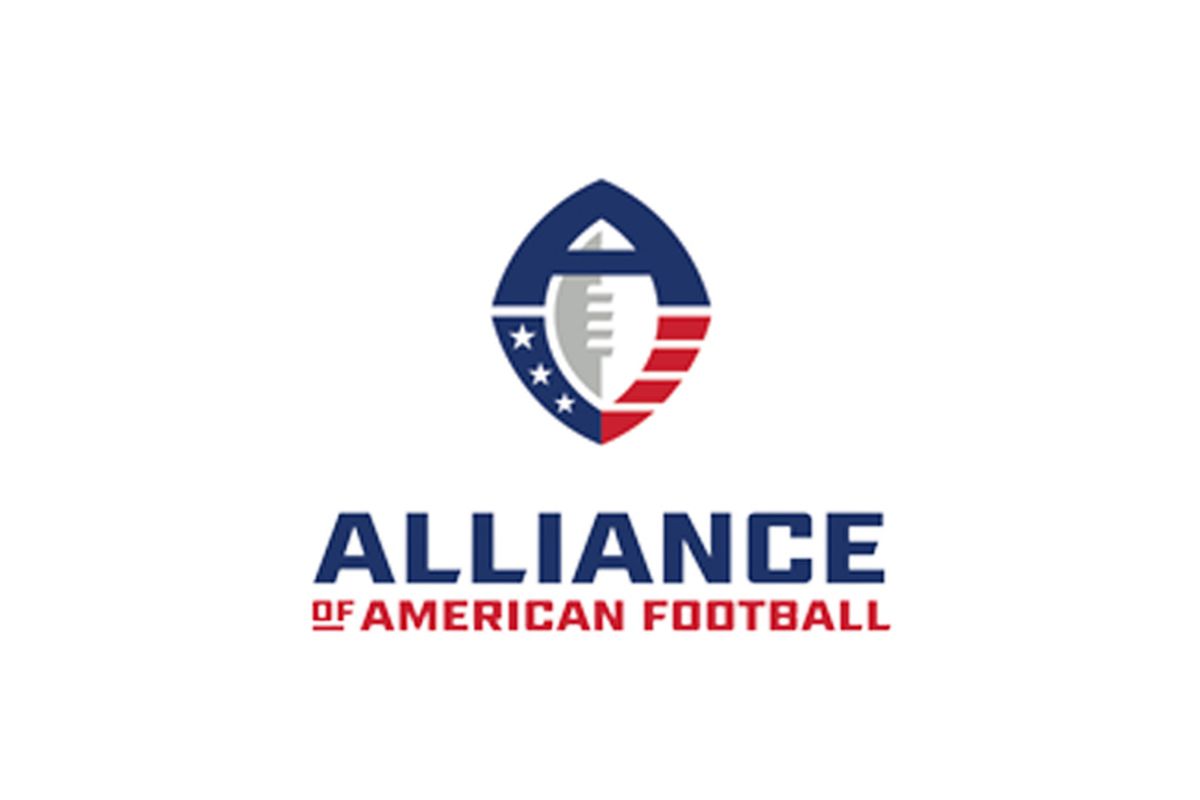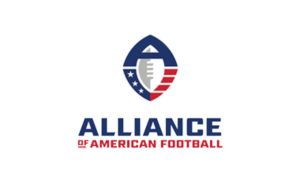This shouldn’t be a surprise to anybody given the manner in which it all unfolded, but the former Alliance of American Football, short-lived professional football league that barely lasted a calendar year from its announcement to its dissolution, is already facing two lawsuits with likely more to follow in the future.
One lawsuit has been filed as a class action on behalf of the players, with two specific plaintiffs named with rights reserved for additional players to be added later. A number of players have reportedly already expressed interest in doing so.
The other lawsuit was filed by James Roberson, who was the director of community relations for the Birmingham Iron. The interesting twist here is that former Pittsburgh Steelers safety Troy Polamalu was named as a defendant in that case. Polamalu’s official capacity as part of the AAF was Head of Player Relations.
Roberson’s suit aims to recoup losses stemming from violation of the Worker Adjustment and Retraining Notification Act, which is supposed to protect employees without prior notice of mass layoffs. Obviously the players and teams, and all those who worked for the team, were not given appropriate 60-day written notice.
The other suit, on behalf of the players and which includes Tom Dundon as the defendants, argues that “defendants concealed and suppressed a material fact about their intentions for the long-term viability of the Alliance of American Football”.
It goes on to argue that they “intended to conceal the fact that the league was insolvent”, and “made promises to the plaintiffs and class members regarding the long-term longevity and health of the league. Defendants did not intend to perform the promises made when they made the promises”.
The AAF lost one of its primary investors as the league’s inaugural season was set to begin, which initiated a scramble for a new investor. That’s when Dundon was brought in, but his actual contributions were misrepresented. He was said to have contributed $250 million, but the truth is that that amount was the ceiling of his contributions to be paid over an undisclosed period of time, and he was free to pull out at virtually any point.
One of the damning pieces of evidence, reportedly, is an interview with AAF co-founder Bill Polian after Dundon was brought in in which he said that the investor’s new funding would provide the league “long-term stability”, which…is demonstrably false.
You can bet that these will not be the only two lawsuits filed against the AAF. It’s a virtual certainty that more will follow. As to whether or not or how much anybody can actually get back for their losses from the essentially now-defunct league, that’s another story. Perhaps a fairy tale.






